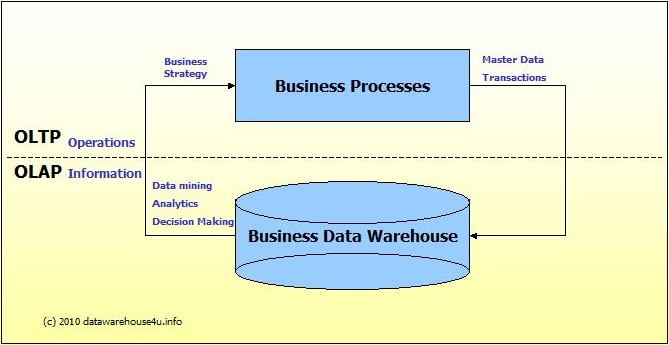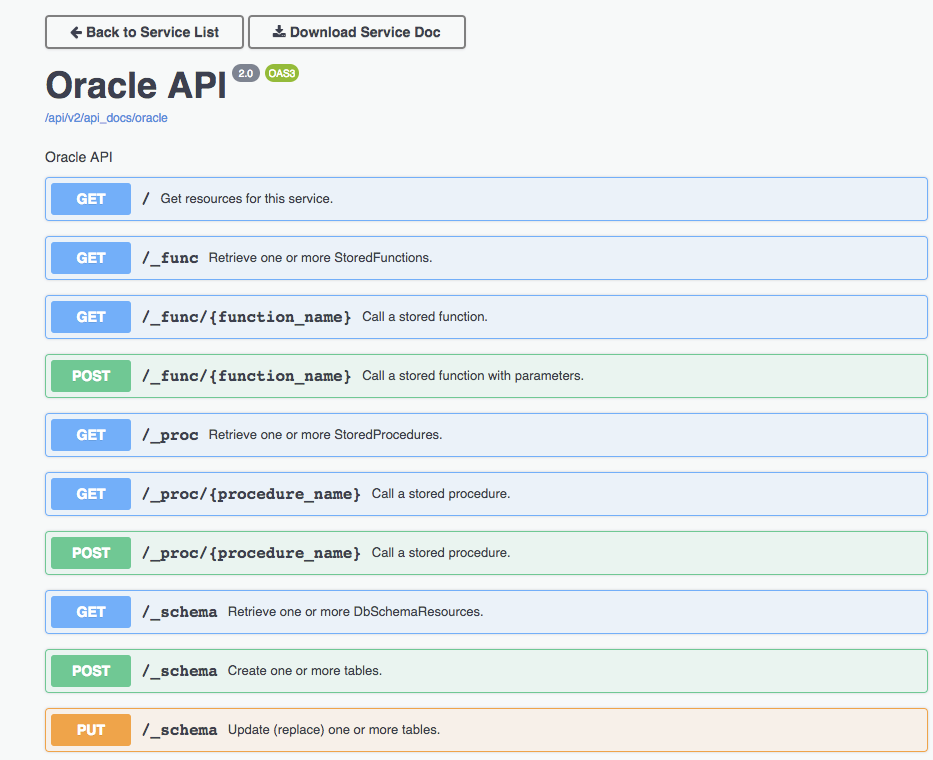OLTP vs. OLAP
We can divide IT systems into transactional (OLTP) and analytical (OLAP). In
- OLTP (On-line Transaction Processing) is characterized by a large number of short
- OLAP (On-line Analytical Processing) is characterized by
The following table summarizes the major differences between OLTP and OLAP system design.
|
|
OLTP System
|
OLAP System
|
|
Source of data |
Operational data; OLTPs are the original source of the data. |
Consolidation data; OLAP data comes from the various OLTP Databases |
|
Purpose of data |
To control and run fundamental business tasks |
To help with planning, |
|
What the data |
Reveals a snapshot of ongoing business processes |
Multi-dimensional views of various kinds of business activities |
|
Inserts and Updates |
Short and fast inserts and updates initiated by end users |
Periodic long-running batch jobs refresh the data |
|
Queries |
Relatively standardized and simple queries Returning relatively few records |
Often complex queries involving aggregations |
|
Processing Speed |
Typically very fast |
Depends on the amount of data involved; batch data refreshes and complex queries may take many hours; query speed can be improved by creating indexes |
|
Space Requirements |
Can be relatively small if historical data is archived |
Larger due to the existence of aggregation structures and history data; requires more indexes than OLTP |
|
Database Design |
Highly normalized with many tables |
Typically de-normalized with fewer tables; use of star and/or snowflake schemas |
|
Backup and Recovery |
Backup religiously; operational data is critical to run the business, data loss is likely to entail significant monetary loss and legal liability |
Instead of regular backups, some environments may consider simply reloading the OLTP data as a recovery method |
| source: www.rainmakerworks.com | ||
Data Warehouse Info
Recently added reviews
Try Xplenty
The ELT Tool Built for the Cloud
The ELT Tool Built for the Cloud
Unlimited Connectors | Unlimited Pipelines | 14 Day Free Trial
no thanks



















